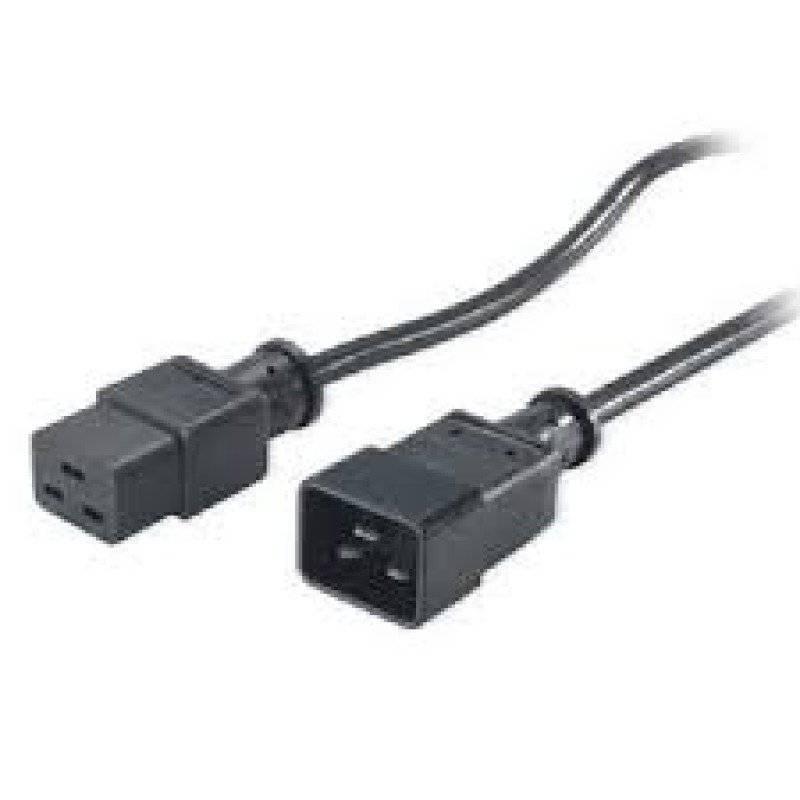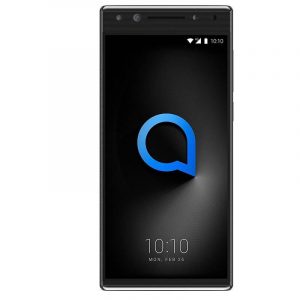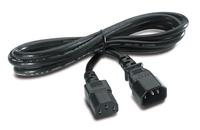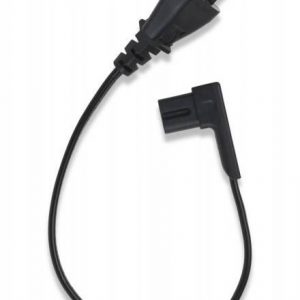Description
Power Cable, No, IEC C13, IEC C20, Black
APC AP9879 2m properties
| Product name | AP9879 2m |
| Type | Power Cable |
| Grounded | No |
| Cable Length | 2.0 m |
| Contact for Power Source | IEC C20 |
| Connector | IEC C13 |
| Maximum Power (without spikes) | 10.0 A |
| Colour | Black |
| Weight | 360.0 g |










Reviews
There are no reviews yet.